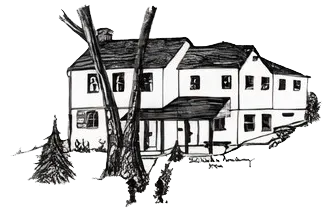(photos by Alice Holdsworth)
On Saturday April 30th, Middleville residents Leslie Lo and Shelly Vosper hosted an afternoon stroll around Fox Farm, led by Michelle DiBlasio, Watershed Restoration Coordinator of the New Jersey Chapter of The Nature Conservancy (TNC).
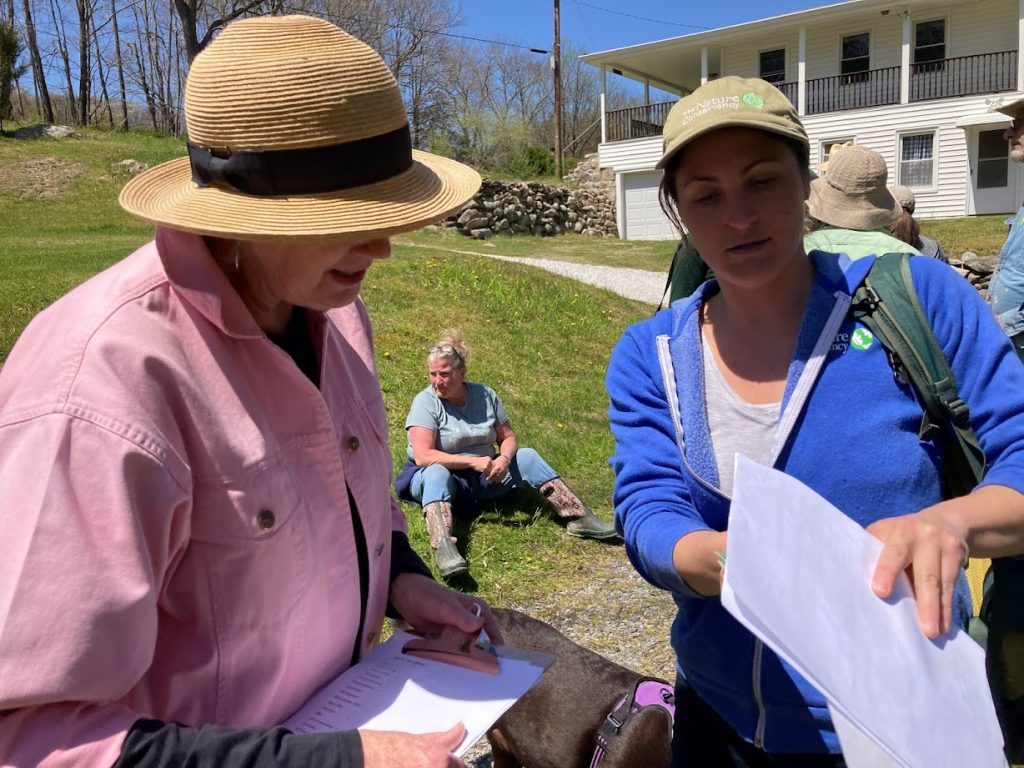
Michelle introduced the project that she has been managing with TNC to reforest the stream banks and flood plains along the Paulins Kill to restore the river back to a healthy, natural state. The work includes planting a variety of native trees and shrubs that are able to withstand seasonally wet soil and even flooding. Trees keep the water clean and cool, filter polluted storm water and reduce stream bank erosion, thus supporting fish and native wildlife. Among the suitable species are American Sycamore, River Birch, Black Willow, Buttonbush, Nannyberry and Elderberry.
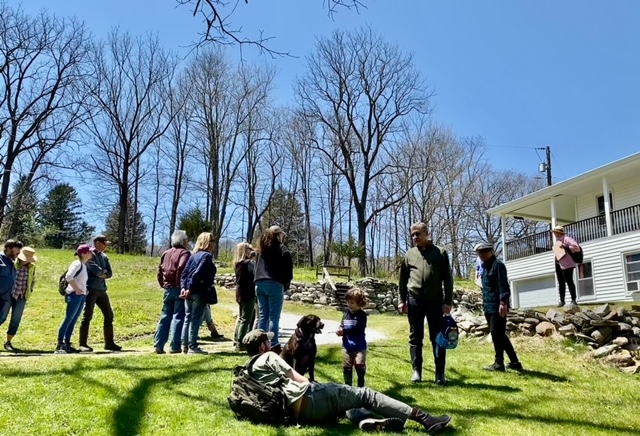
The tour began along Trout Brook, a Category One stream, which flows across a section of Fox Farm and down through Middleville where it merges with the stream from Keen’s Mill before joining the Paulins Kill around Veteran’s Park. From there it continues southwest to the confluence with the Delaware River in Knowlton. The Paulins Kill is part of the greater Delaware River Basin which serves as a drinking water supply for over 15 million people in NJ, NY, PA and Delaware.
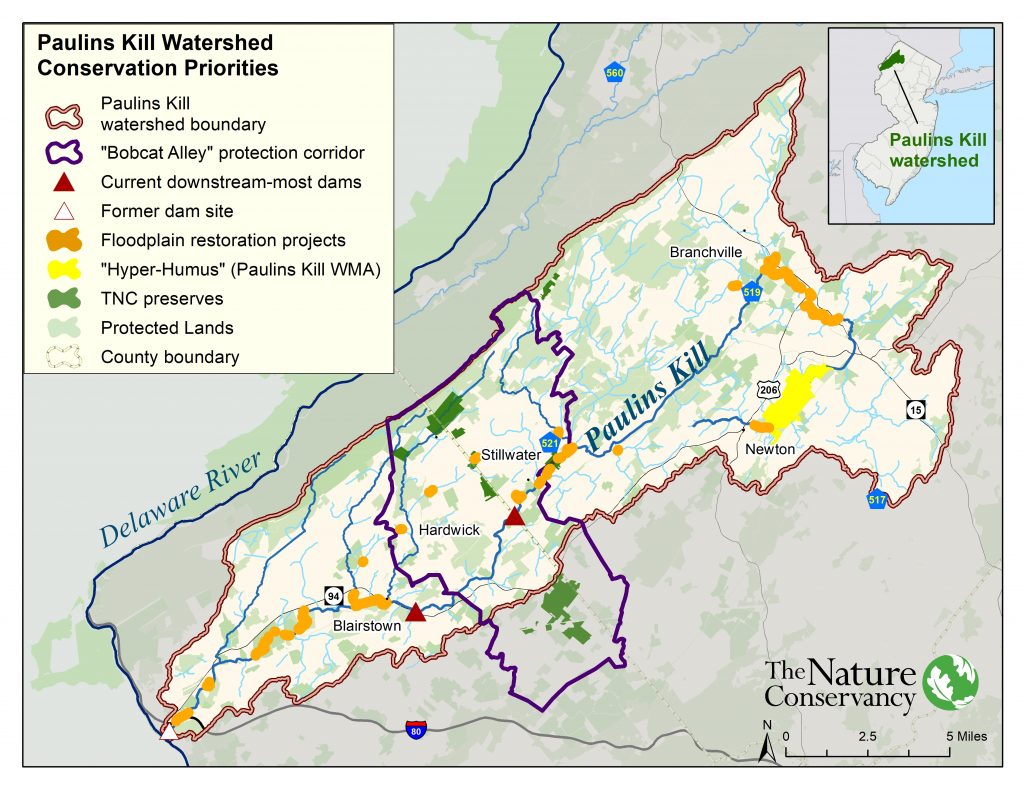
The quality of the water in the Paulins Kill impacts all of us who live in its watershed. In recent decades the conditions have been degraded by historic alterations to the natural land along the river and by polluted runoff flowing from agricultural and developed properties. With the help of trees, The Nature Conservancy is determined to reverse the damage done. We can all help by protecting our streams and planting native trees and shrubs.
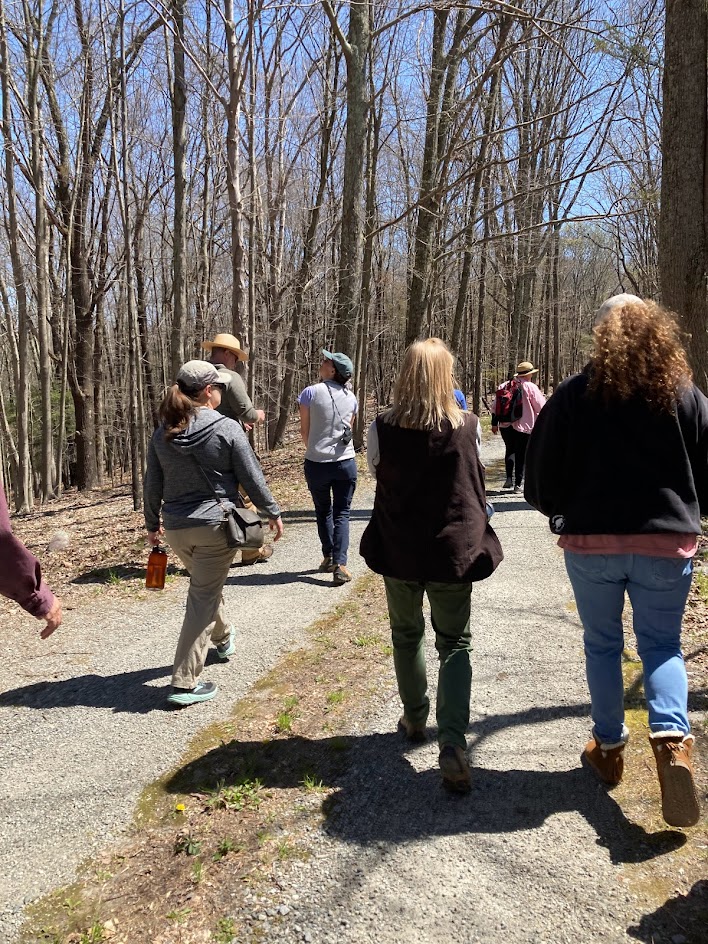
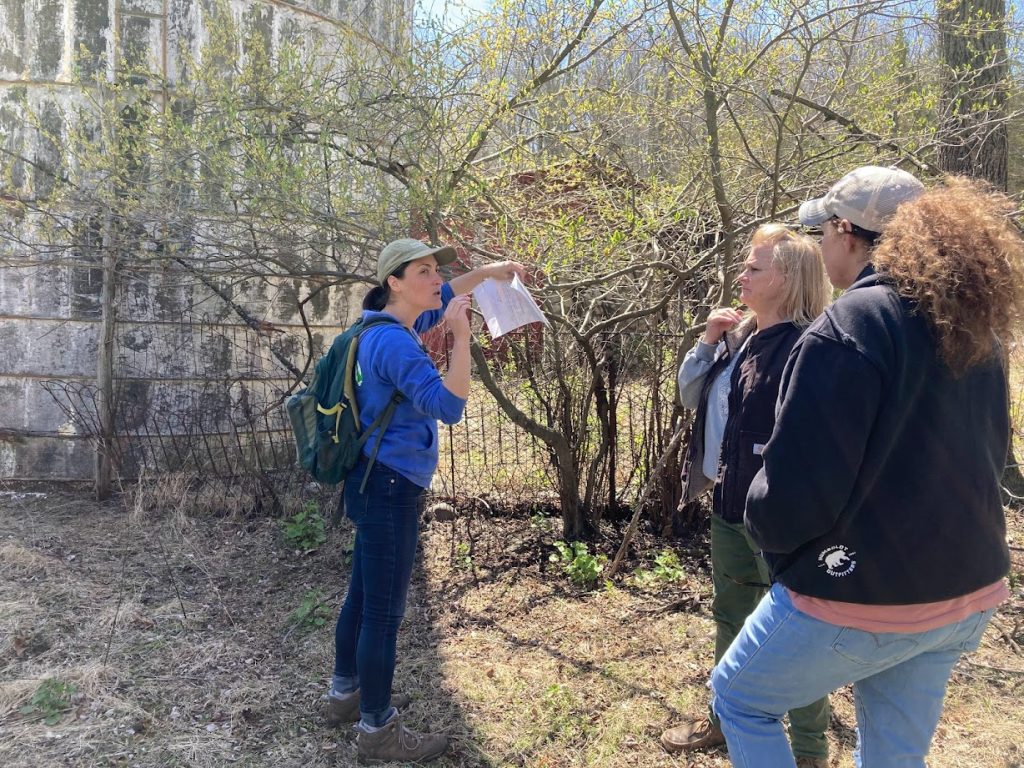
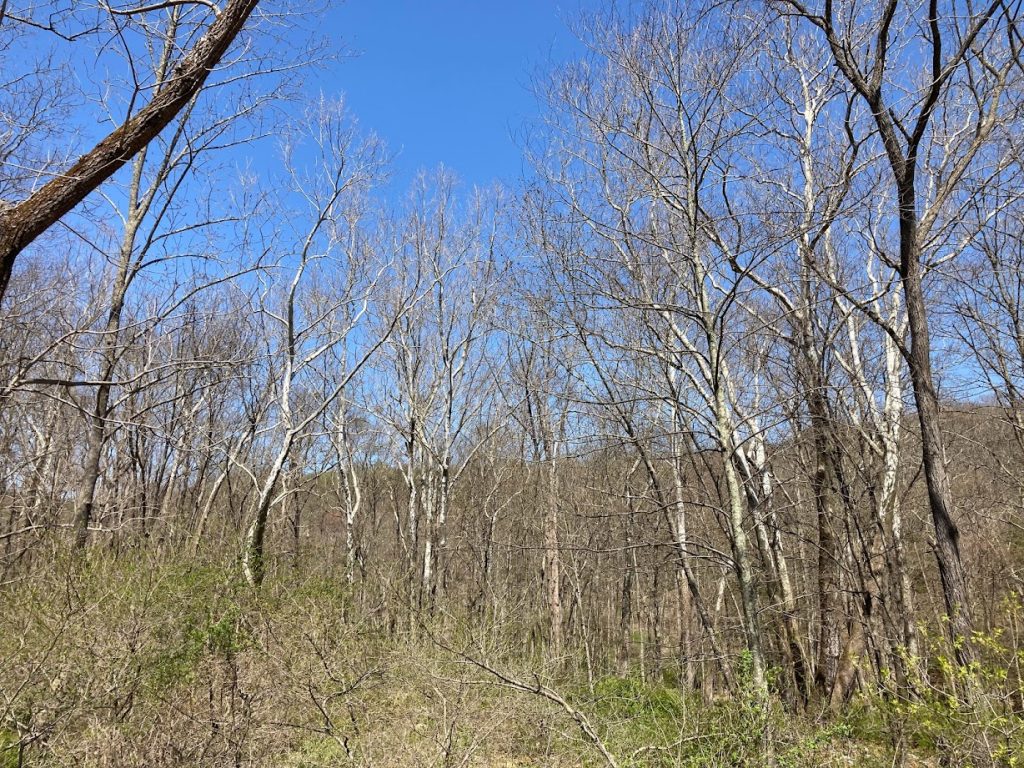
True Giants of History
Trees have defined the history of America in many ways. They were the resource most coveted by the colonial powers who knew they were worth fighting for. These pillars of the community are usually overlooked in histories of human civilization although they provided the timber for the homes, the fuel for the foundries and home fires, the wood for the battle ships and the gunstocks for the rifles.
Their ancestors predate the first humans by more than 300 million years. By comparison, one could say that we humans were born yesterday. Today we understand that trees are the major patrons of our continued existence on earth, sucking up carbon dioxide and exhaling pure oxygen for us to breathe. Let’s remember to respect our elders.
